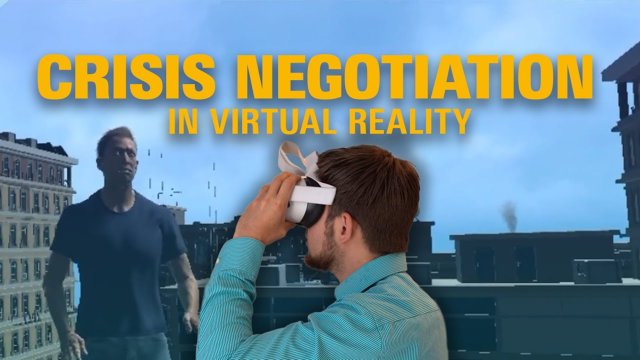Enhancing police first response
Behavioural risk assessment of concerning citizen behaviour and VR intervention training
In 2022 almost 400 citizens reported concerning behaviour to the Dutch police force. These reports varied from citizens not recognizing their own partners due to dementia to citizens in a psychosis who carry a weapon and threaten their neighbours. In the former situation a healthcare professional may be the most appropriate person to follow-up, in the latter it is the police that needs to act first. While both situations warrant different next steps, it is the police first responder who needs to take this decision. That is, because the police are in charge when a citizen is threatening themselves or others. It is therefore important that they can quickly make sense of and not escalate the situation. What is missing however is a concrete description of the different behaviours that they may come across and what these behaviours tell about the situation. This makes it currently difficult for first responders to assess the risk the person poses to society.
In this project, we have developed an ethogram (a list of behaviours and their definitions) of concerning citizen behaviour by assessing bodycam footage of police-citizen interactions. We defined 21 different behaviours that a police officer can use to recognize concerning citizen behaviour. In the future we would like to extend on these findings in two ways:
- Complement the concerning citizen behaviours with specific do and don’ts in terms of communication by the police first responder.
- Train police officers in virtual reality to recognize the concerning behaviour and after that enable them to approach the situation more appropriately.
Interested in hearing more about the project and/or do you want to collaborate? Please contact Miriam Oostinga and Steven Watson.
This project was kick-started by seed funding of the VU-UT Creating secure societies impact coalition.
Links
Watch the video below created by the BMS lab for a student project on this project.

